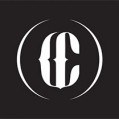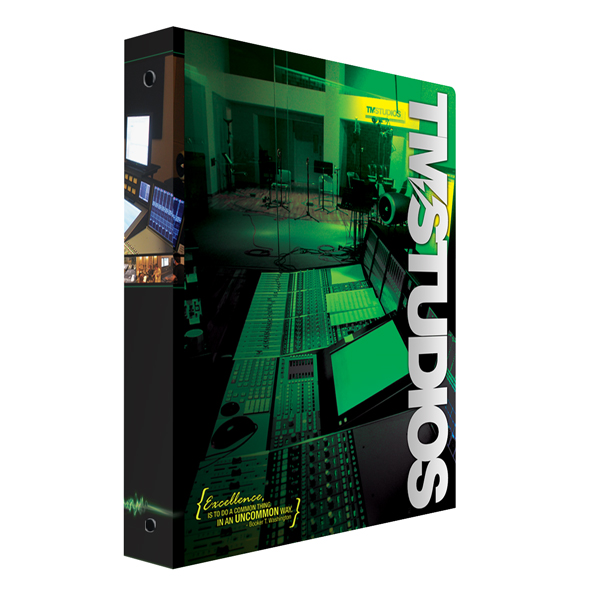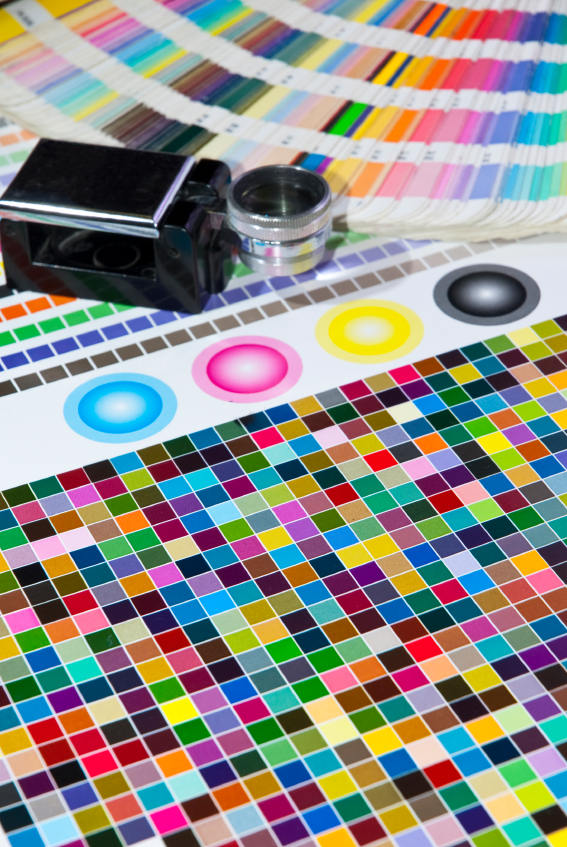Due to the delicate nature of the business, custom estate planning binders have to be designed with the utmost attention to the needs of your clients. They should help your clients handle the sensitive issue of preparing for their own death and offer peace of mind to their families when they pass away.
Follow these guidelines to ensure that your printed binders are not only practical, but that they give potential clients the best impression of your law firm.
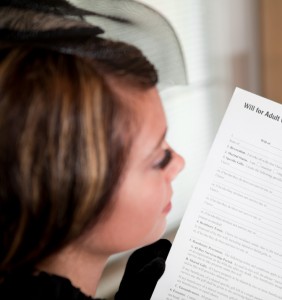
Estate planning binders are used by a client's loved ones after they have passed away—so your design must be professional and appropriate.
Less Promotional, More Professional
There’s a time to focus on marketing in your binder design, but not when it comes to estate planning. Consider the fact that these binders will be utilized by your client’s loved ones in the case of their death. During a time of mourning, your clients want to see a binder design that is appropriate, professional and authoritative. Stick to dark colors and avoid elaborate graphics and photos.
Design Economically
Just because you give each of your clients the individualized attention and care they deserve doesn’t mean your binders have to follow suit. Create a design for your custom estate planning binders that can be utilized with every client. Use simple copy, such as “My Estate Planning Portfolio,” so that it’s applicable in any situation. Including your law firm’s logo and some contact information is also appropriate.

Choose leather for your estate planning binders to set a professional tone.
Binder Material Matters
Trust binders come in a variety of different materials, but some are more effective than others. Leather binders not only hold up for a long period of time, they have an aesthetically pleasing texture that is classy and refined. Vinyl binders and paper binders are cheaper alternatives and can be designed to look like leather through color printing. Leather-like binders is a particularly cost-effective option. Avoid poly binders which are flexible and durable for outdoor use, but not appropriate for estate planning.
Select the Right Style
When designing your estate planning binders, you have a number of different style options to choose from; however, some are more suited to estate planning than others. A die-cut window allows you to put the name of the estate holder on the front page of your binder and have it show through on the cover. Pocket binders let you store additional information and materials inside the binder. A portfolio flap binder has a wrap-around flap for extra security and aesthetics. Explore the different options available to you to find the one that works for your design.
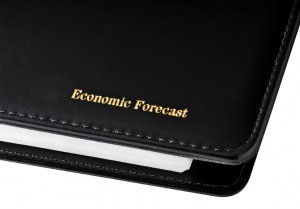
Foil stamping adds a touch of class to your estate planning binders—however, stick to metallic foils and avoid special effect foils.
Use Flourishes Appropriately
It’s okay to splurge on a flourish here or there for your estate planning binders, as long as it’s tasteful. Foil stamping is a popular choice, yet you have to select the right type of foil to be successful. Gold or silver metallic foils look classy, while non-metallic and holographic foils are out of place on an estate binder. Embossing is an easy way to add a touch of sophistication and can be used alongside foil stamping or in lieu of printed graphics.
Accessorize with Slip Cases
Not only do slip cases increase the longevity of a binder, they bridge the gap between binders and books, letting the binder stand up on its spine without falling over. This is a great way to jazz up a paper binder to make it look more like a leather binder. Estate planning binders with slip cases can be placed on a shelf in a client’s office or study so that they don’t have to worry about losing it.
Binders make great promotional materials—however, you don’t have to focus on selling your law firm’s brand. If your custom binders look professional and trustworthy, your brand will sell itself.
This post is a part of our Binders 101 product guide.

